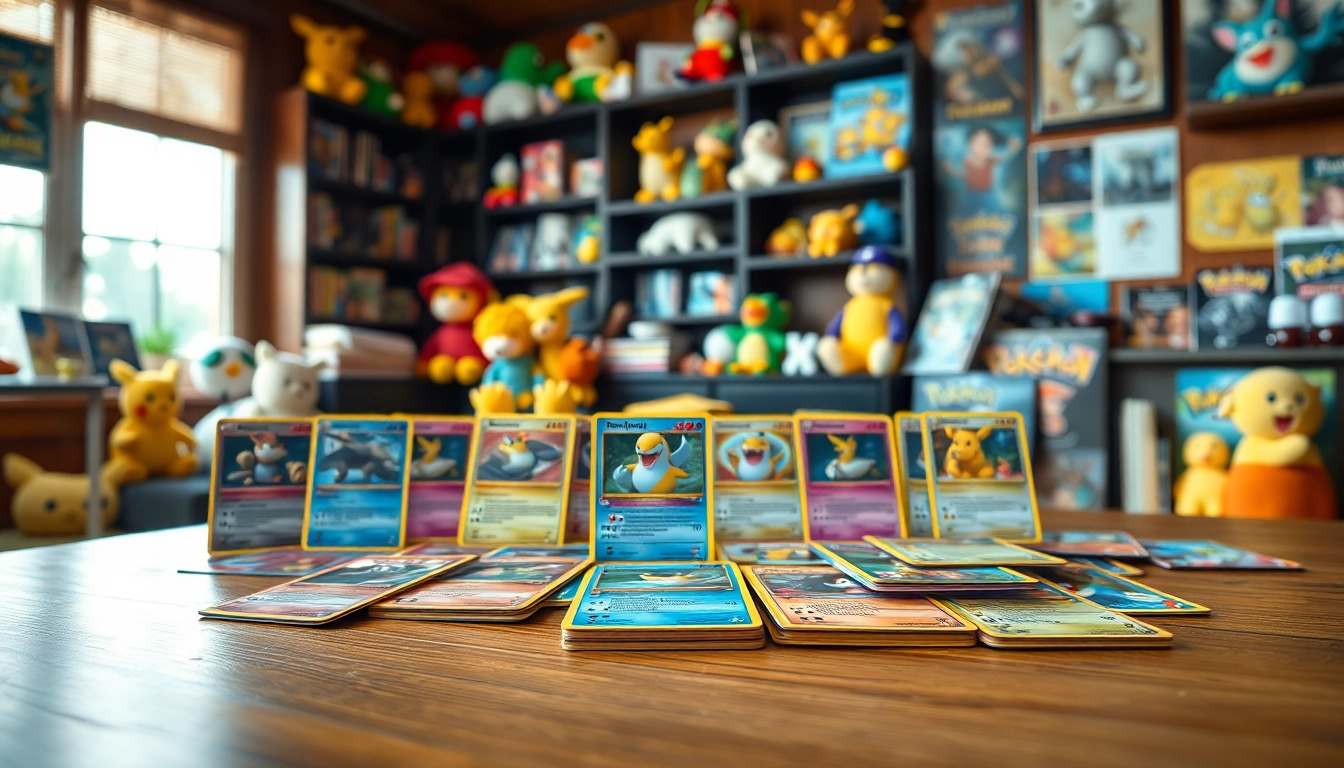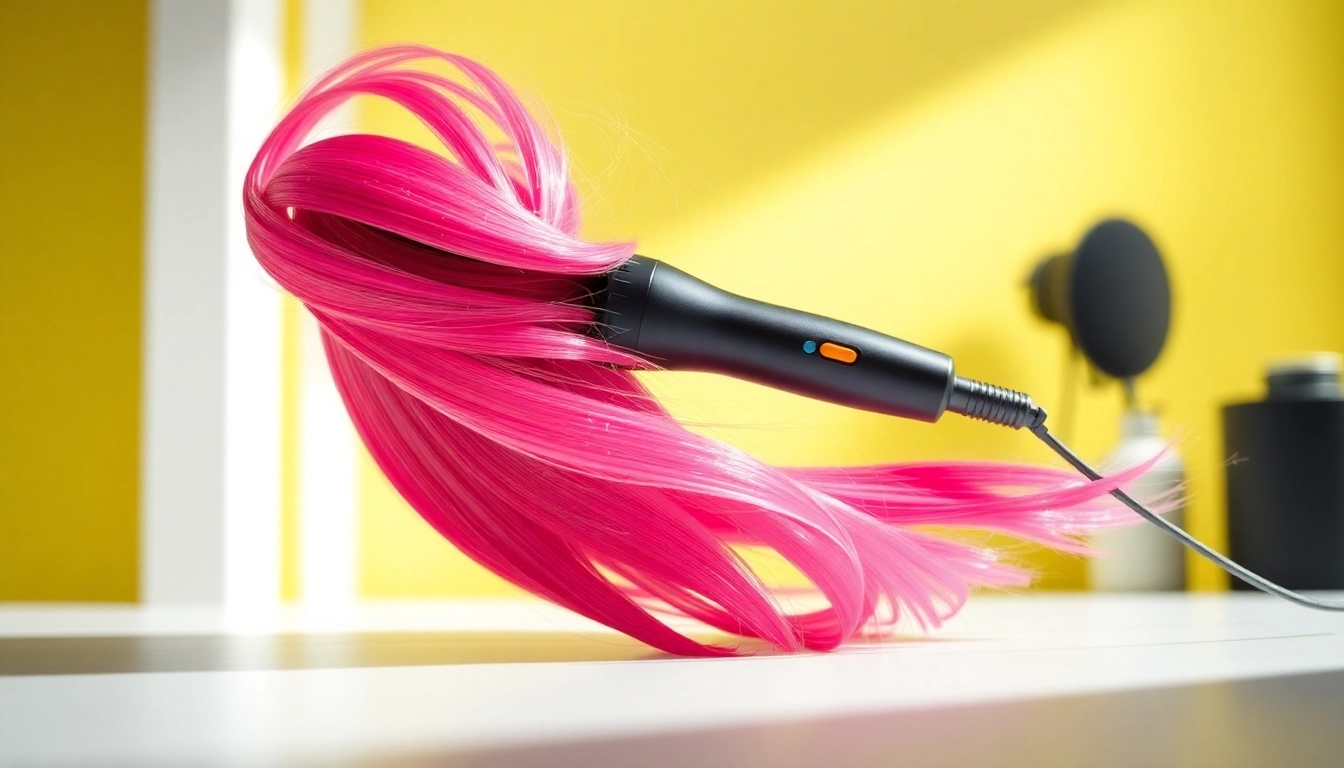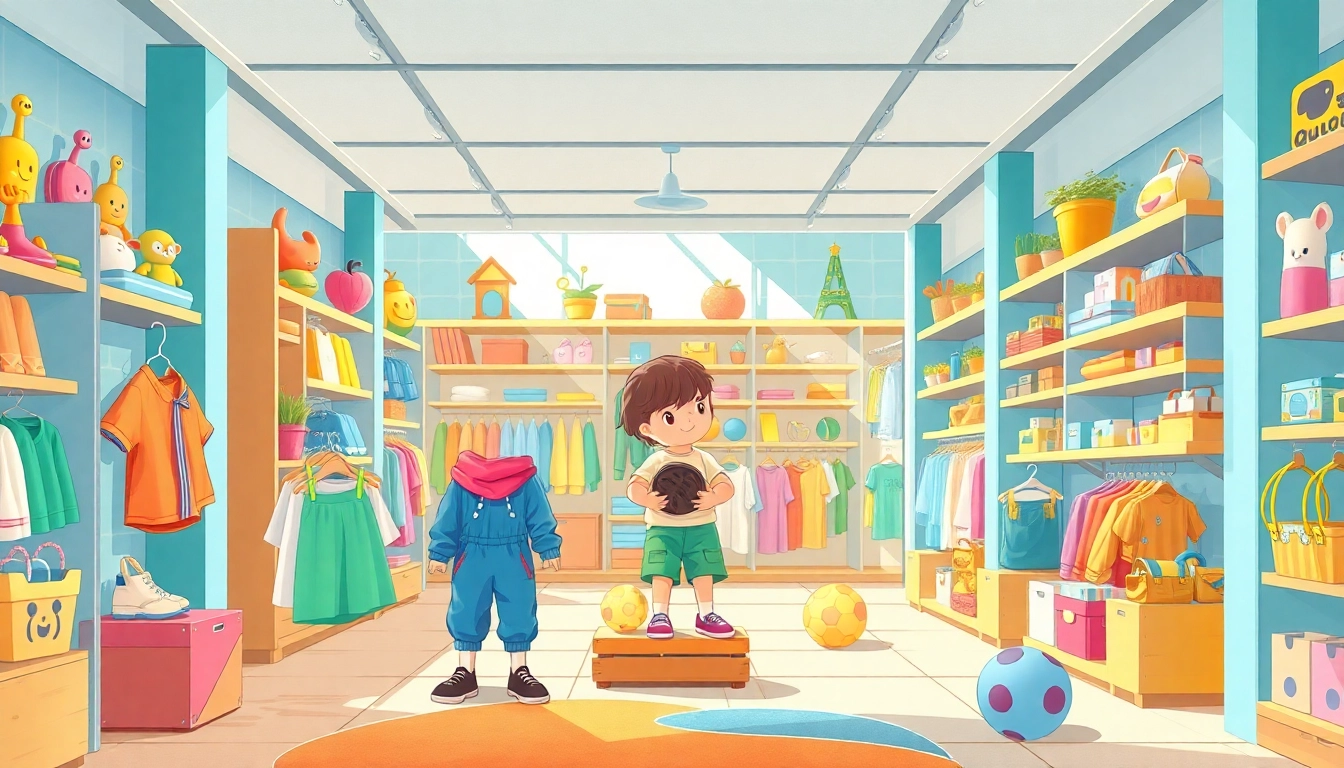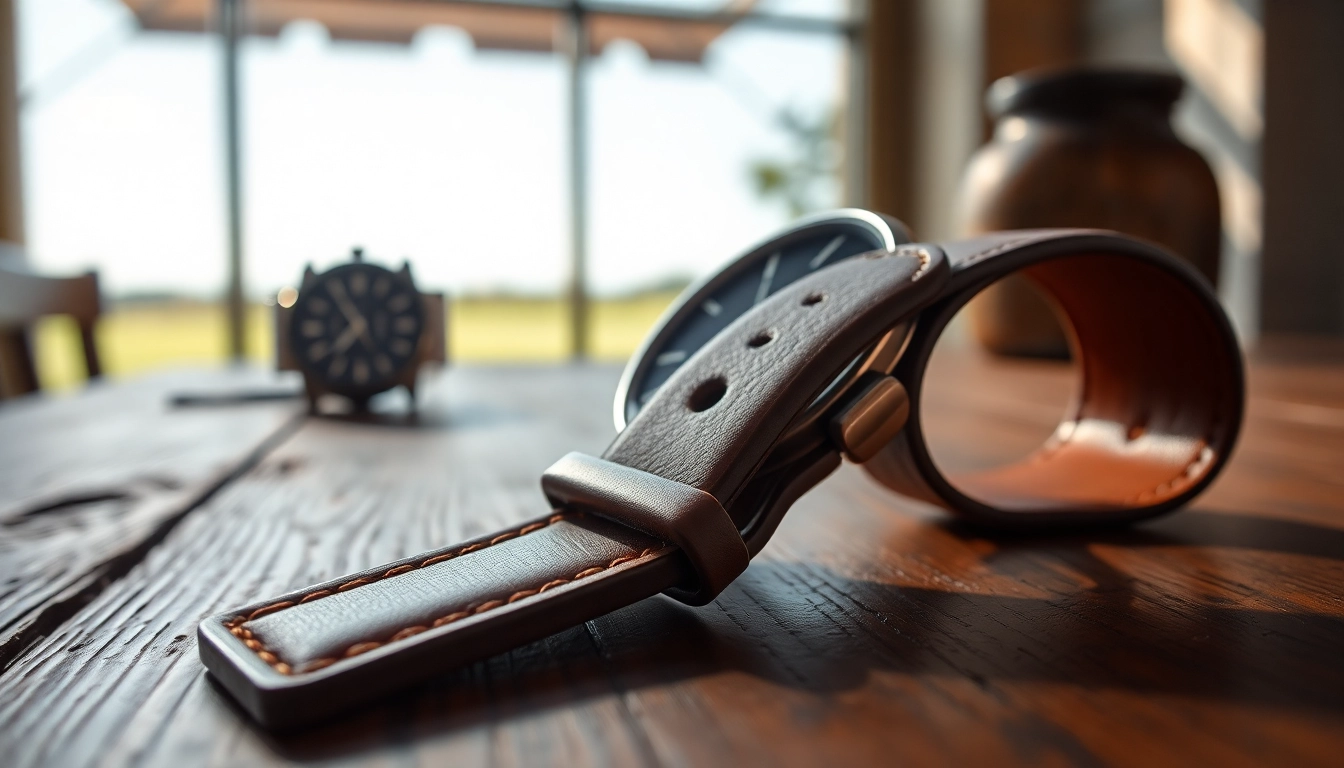Understanding Real Pokémon Cards
The Pokémon Trading Card Game (TCG) has taken the world by storm since its inception in the late ’90s. Today, real pokemon cards are not just collectibles; they represent a significant investment opportunity for enthusiasts and collectors alike. To navigate this exciting domain, understanding what distinguishes real Pokémon cards from their counterfeit counterparts is essential.
What Makes a Pokémon Card Authentic?
Authenticity in Pokémon cards is determined by several factors, including material quality, printing details, and card features. Here are the critical indicators of a genuine Pokémon card:
- Material Quality: Authentic Pokémon cards are made from high-quality cardstock. They have a specific thickness and a durable gloss finish that counterfeit cards often lack. To assess this, hold the card under bright light—real cards will not be transparent.
- Printing Details: Examine the printing quality closely. Genuine cards have vivid colors and sharp edges. Blurry images or misaligned prints are clear signs of counterfeits. Check the font and spacing—real cards maintain consistent quality in both.
- Weight and Feel: Real cards have a noticeable weight and feel to them. They shouldn’t feel flimsy or overly light, which is often the case with fakes.
- Features: Look for holographic elements and specific features like the Pokémon Company logo. These elements have particular placements and designs that are difficult to replicate accurately.
Common Counterfeits and How to Spot Them
As the popularity of Pokémon cards grew, so did the number of counterfeit products. Here are some of the most common types of fakes and how you can identify them:
1. Reprints and Bootlegs
Counterfeiters often produce unofficial reprints of popular cards. These may look similar at first glance but often lack the intricate details of genuine cards. Use online databases to compare variations accurately.
2. Incorrect Card Anatomy
Real cards have a specific anatomy—this includes a unique card back, dimensions, and printing specifications established by official Pokémon standards. Any discrepancies indicate that you might be dealing with a counterfeit.
3. Gloss and Texture
Many fakes are either too glossy or not glossy enough. A thorough examination of the texture can help you determine authenticity. Real Pokémon cards have a certain matte finish that is hard to replicate.
Value Factors: Rarity and Condition
Understanding the value of Pokémon cards requires knowledge of both rarity and condition:
- Rarity: Pokémon cards are classified into different rarity categories: common, uncommon, rare, holo rare, EX, GX, and secret rares. Rarer cards command higher prices. For instance, first-edition holographic cards can fetch thousands in top condition.
- Condition: The condition of your Pokémon card is paramount. Cards are graded on a scale from 1 to 10, with 10 being “Gem Mint.” Factors influencing condition include edge wear, surface scratches, and centering. Use services like PSA or Beckett for professional grading to ascertain your card’s true value.
Where to Buy Real Pokémon Cards
Acquiring real Pokémon cards can be a thrilling journey filled with various options. Below, we discuss the best places to find authentic Pokémon cards.
Top Online Retailers for Pokémon Cards
Online shopping provides the easiest access to a wide range of Pokémon products. Here are some reputable platforms:
- TCGPlayer: This site is a marketplace for individual sellers and stores, offering a vast selection of Pokémon cards. It’s a fantastic place to find specific cards you need for your collection.
- Official Pokémon Center: For those looking for guarantees of authenticity, the Pokémon Center is a go-to source, featuring an array of cards and merchandise.
- Amazon: With thousands of listings for Pokémon cards, Amazon can be a great option. Just ensure you’re purchasing from verified sellers to avoid counterfeits.
Local Game Stores: A Hidden Gem
Don’t overlook local game stores! These establishments often have dedicated sections for trading cards:
- Support Local Business: Shopping locally supports your community and keeps small businesses alive. Besides, local shops usually have knowledgeable staff who can provide insight on card authenticity and other collectibles.
- Manageable Purchases: Buying in-person allows you to inspect the cards directly, ensuring you’re making a wise investment.
Buying from Collectors: Pros and Cons
Purchasing Pokémon cards directly from collectors can be a double-edged sword:
- Pros:
- One-of-a-kind items not found in retail stores.
- Possibility of negotiating or trading.
- Cons:
- Risk of buying counterfeit cards if the collector isn’t reputable.
- Prices can be subjective and vary widely.
Real Pokémon Cards Investment Potential
Collecting Pokémon cards is more than a hobby for many; it’s an investment opportunity. Understanding market dynamics is crucial for those looking to profit from their collections.
Market Trends: The Rise in Popularity
The Pokémon card market has grown tremendously, especially during the pandemic, as more people sought comfort in nostalgia. Trends indicate:
- Increased Demand: A surge in interest from both new and returning collectors has driven prices up.
- Social Media Impact: Platforms like YouTube and TikTok have influencers showcasing card openings, creating a windfall effect on demand.
Identifying Valuable Cards for Investment
For investment purposes, knowing which cards hold value is essential. Key indicators include:
- First Edition Cards: These cards are often the most sought-after due to their nostalgic value and scarcity.
- Promo Cards: Exclusive promos at events can gain in value over time, especially once they become rare.
- Condition and Grading: As previously mentioned, graded cards typically fetch higher prices at auctions.
Long-term vs. Short-term Collecting Strategies
Identifying your approach is critical to successful collecting. Here’s how they differ:
- Long-term Collecting:
- Focus on acquiring cards that appreciate over time, like vintage cards.
- Maintain a diversified collection across different sets and types.
- Short-term Flipping:
- Buy recent booster packs or seasonal cards and sell them when the market peaks.
- Keep a close eye on market trends and invest in fast-moving cards.
Tips for Caring for Your Pokémon Card Collection
Once you’ve built a collection, caring for it becomes crucial for preserving its value. Here’s how to ensure your cards remain in excellent condition.
Best Practices for Storage and Display
Proper storage is vital for maintaining the quality of your cards:
- Use Sleeves and Toploaders: Always place cards in protective sleeves. For valuable cards, consider adding a toploader for extra protection.
- Store in a Cool, Dry Place: Keep cards away from direct sunlight and moisture, which can damage both the card and its value.
Cleaning and Maintenance Tips
In the event of dirt or fingerprints:
- Gentle Cleaning: Use a microfiber cloth to wipe down cards gently without applying too much pressure.
- Avoid Water: Never use water or cleaning solutions, as these can damage the card’s surface and finish.
Understanding Insurance for Your Collection
As your collection grows, consider insuring it:
- Evaluate Your Collection’s Worth: Get your cards professionally appraised to insure them appropriately.
- Choose the Right Policy: Some homeowners’ insurance policies cover collectibles, but check if additional coverage is necessary.
Participating in the Pokémon Card Community
Engaging with other collectors can enrich your collecting experience. Here’s how you can get involved:
Joining Local Pokémon Groups and Events
Many communities host events where players and collectors can come together:
- Participate Actively: Attend local tournaments or card trade nights. These events are great for networking and expanding your collection.
- Forming Collector Groups: Consider joining or forming a group where members can share insights and trade cards.
Online Forums and Trading Platforms
Online interaction has a vast reach:
- Join Forums: Platforms like Reddit have dedicated threads for Pokémon card discussions where you can gain insights and contribute.
- Utilize Trading Apps: Various apps allow collectors to trade cards digitally, making it easy to find desired cards.
Attending Pokémon Card Conventions
Consider attending larger conventions:
- Networking Opportunities: Conventions provide a chance to meet famous collectors and industry insiders.
- Buying Opportunities: Many vendors showcase rare cards at conventions, providing ample chances for acquisition.



